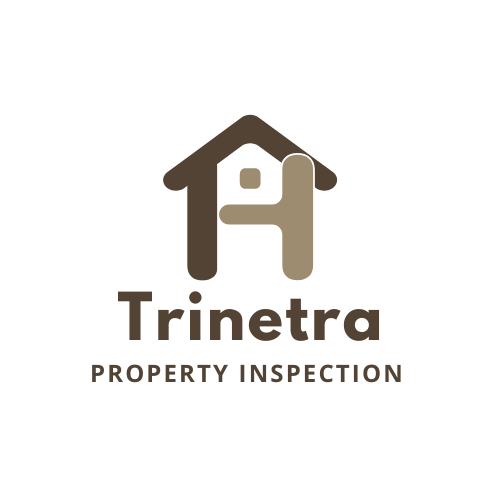Dampness Service
- Home
- Dampness Service
What is Dampness?
Dampness in buildings denotes the accumulation of excess moisture or water infiltration within the structure, often evidenced by damp patches on walls or ceilings, musty odors, mold growth, or visible water stains.
This issue can arise from various sources, including leaking roofs, plumbing leaks, inadequate ventilation, or insufficient waterproofing. If left unattended, dampness can result in structural deterioration, decay of building materials, and health risks due to mold and mildew proliferation.
To safeguard the indoor environment and uphold the structural integrity of the building, it’s imperative to promptly address dampness through proper ventilation, necessary repairs, and effective moisture control measures.
Why you need dampness inspection?
Early detection through dampness inspections is crucial for identifying and addressing moisture-related issues in buildings, as excess moisture can lead to various problems such as mold growth, decay of structural materials, and compromised indoor air quality. Prompt intervention enabled by these inspections prevents these issues from escalating and causing significant structural damage.
By identifying areas prone to dampness or water intrusion, preventive measures can be implemented to mitigate risks and safeguard the integrity of the building. Furthermore, dampness inspections have the potential to reveal hidden leaks or plumbing issues that, if left unaddressed might result in expensive repairs or jeopardize the safety of occupants.
In addition to preserving the value of the property, regular inspections contribute to maintaining a healthy living environment. Overall, investing in dampness inspections ensures proactive maintenance and safeguards against potentially severe consequences linked to moisture-related problems.
